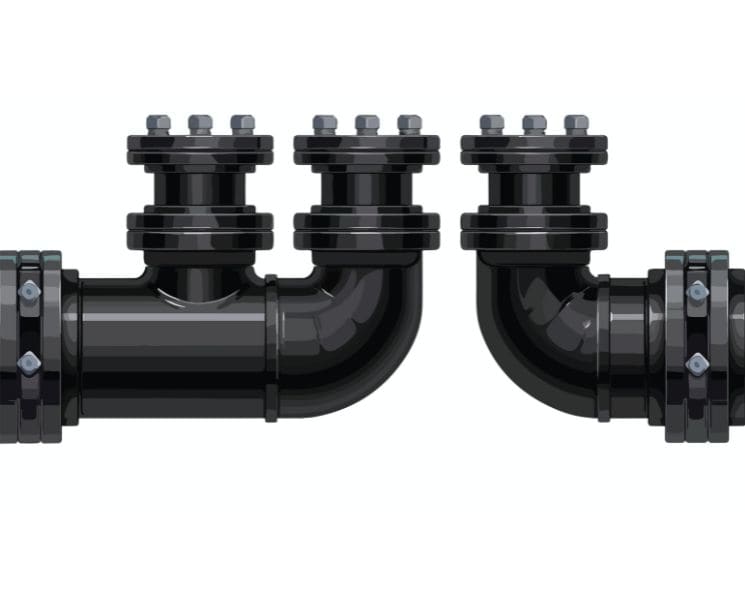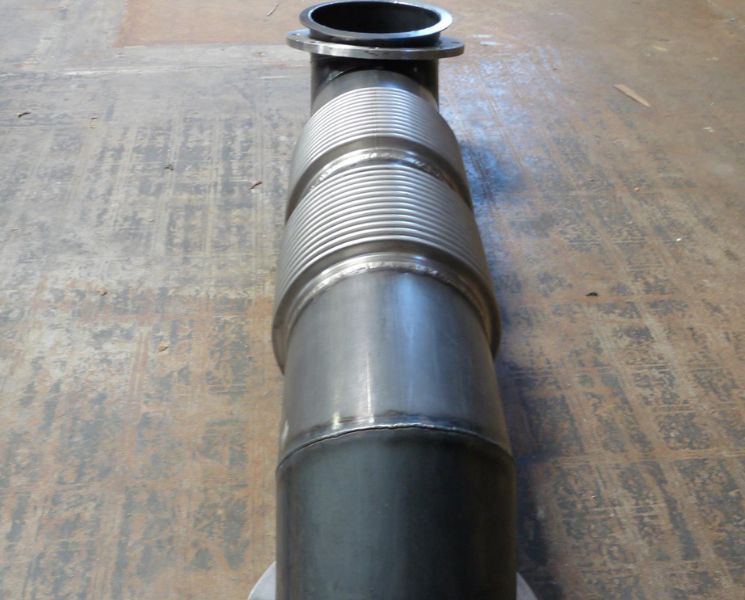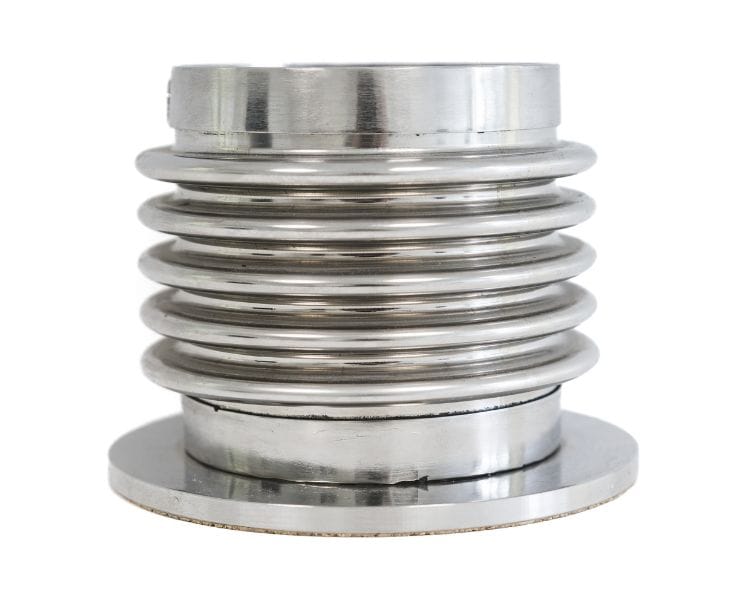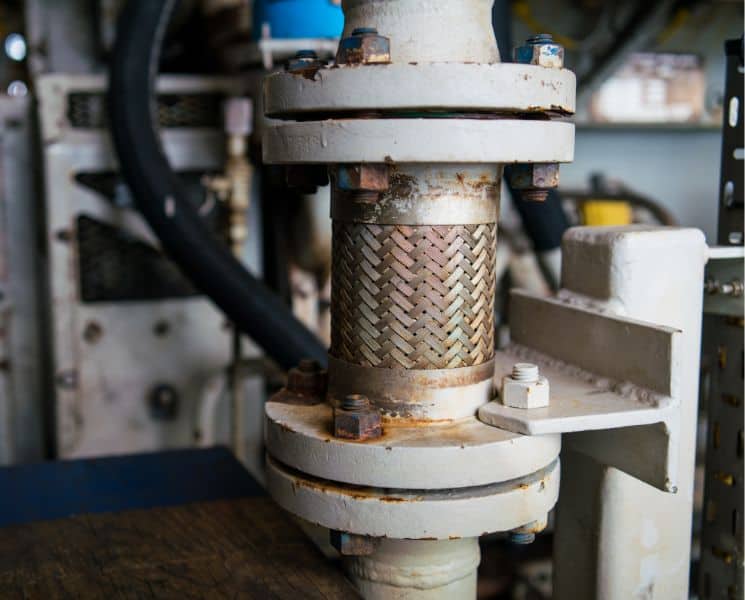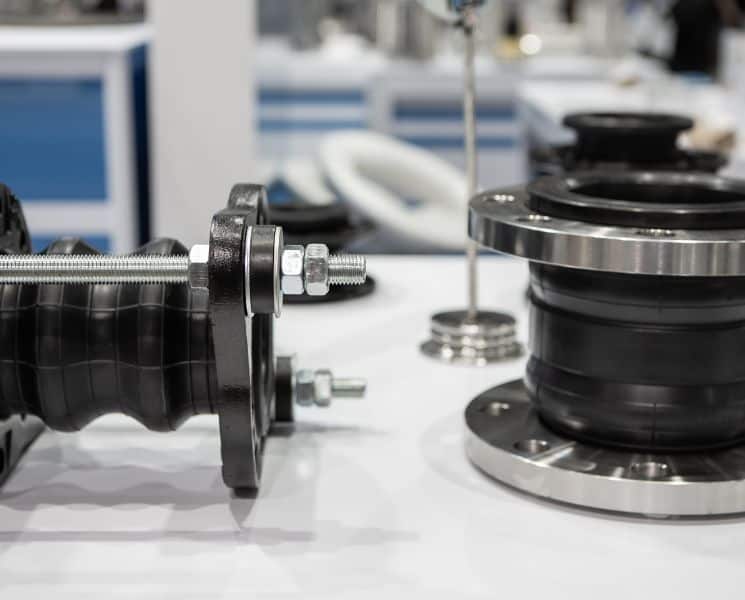Crafting an expansion joint requires an engineer’s careful attention to the demands of the facility they are building for. This is because industries deal with vastly different fluids, and each building has unique construction specifications. To get more specific, there are many factors engineers should consider with metal bellows. Read on to learn about five of them.
Bellows Sizing
To start, bellows’ sizes must match up to fit a system. That means getting their live and ID lengths right. First, live length refers to the portion that can readily move. This “live” portion has convolutions that mark its length.
Meanwhile, the inner diameter, or ID length, is important because it constitutes the connection point between the bellows and another element of the joint. Making precise calculations ensures you create a cohesive system with no weak points from sizing errors.
Cycle Life
If it fits, it also needs to last. In technical terms, engineers must build bellows that have a high cycle life. This means bellows can withstand a high number of total displacements without failing. Materials, welding methods, ply number, and more adjust bellows’ expected cycle lives.
Temperature Rating
Depending on the substances your pipes transport, another factor engineers should consider with metal bellows is their temperature threshold. Exceeding bellows’ max temperature ratings can lead to a costly structural failure. If you work in an industry with more temperature extremes, keep a close eye on this aspect as you plan.
Axial Compression or Expansion and Lateral Offset
Axial compression or expansion and lateral offset are metrics that communicate bellows’ flexibility to engineers and interrelate with spring rate. The greater a unit’s compression and expansion length, the more flexible and less rigid it is along its axis. On the other hand, lateral offset represents the distance bellows displace to one side while remaining parallel to the original plane.
These metrics will vary according to your thermal expansion needs. If you must accommodate significant movement, bellows’ offset and compression/expansion distances will be high. One example of a variable that inhibits lateral movement is whether the bellows unit has an inner sleeve.
Chemical Grade
While pressure, temperature, and vibration stress and damage your pipes, corrosive chemicals that run through also play a role in their degeneration. If you design bellows for chemical-heavy industries such as oil and gas, use materials that don’t break down with sustained use.
To further keep your pipes safe, performing wash procedures helps flush residual substances away from your bellows.
If you need help engineering your expansion joint bellows, get in touch with Triad Bellows. We are an experienced industrial bellows manufacturer and engineering company that understands the many intricacies of the process.


